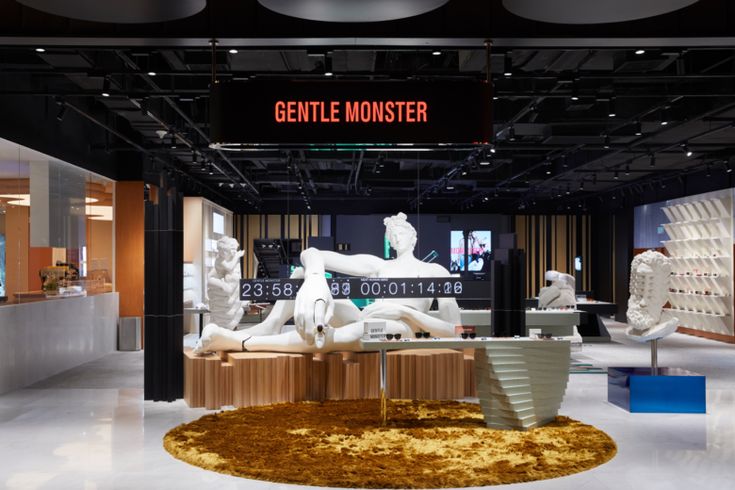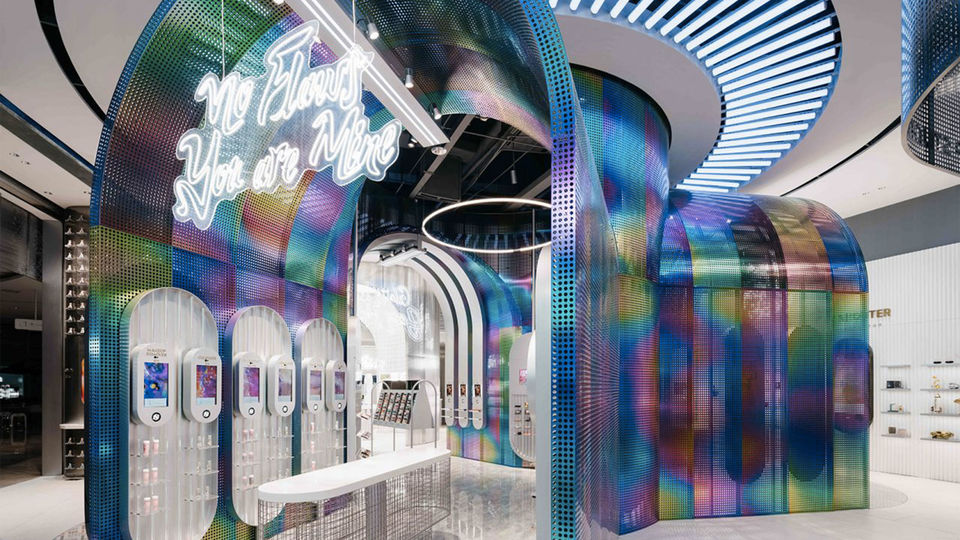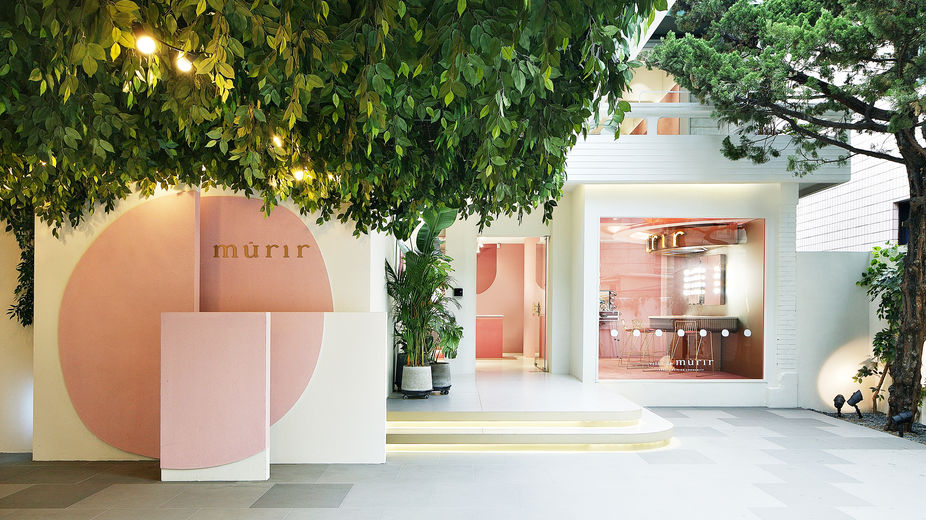
THE ROARING 20'S: ESCAPISM OR TRANSFORMATION?

Gentle Monster store in SKP-S, new wing of SKP Beijing Mall, where architecture and art installations are part of the consumer experience.
The coronavirus pandemic will be one of the key events that shape the next decade. Analysts and experts are looking back at history in search of possible clues about what is to come. The 20s of the last century have all the same ingredients: a health pandemic, an unprecedented economic crisis, emergence from dramatic events that increased the feeling of uncertainty about the future. For this reason, many people believe that we are on the cusp of a new roaring 20's, a decade of indulgence and fun that will calm our anxieties after a period of loneliness and scarcity.

Pudu Pudu by Dr Oetker and Uxus Design Agency, Los Angeles.
But the 1920s were also a time of reflection at all levels: from art to popular culture, economics and lifestyle. Conventional social and family roles were questioned and transformed, a spirit of experimentation fostered a whole new culture of innovation across society and changed the relationship of humans with the means of production. It was a time of indulgence, but also one of reflection and accelerated change, as it shows the exhibition The Wild Twenties at the Guggenheim Museum.
Are we now in a moment of escapism or transformation?
Kidultification, which turns adults into perpetual children, is at the heart of changing trends. In recent years stores have turned into arenas where fun and adventure reign. A new way of interacting with the brand that is based less on the product, and more on the relationship between the brand and its customers, who are now the recipients of a tool that is designed to be communicative rather than commercial.
A recent report from IBM revealed that 56% of Gen Z respondents worldwide shop for fun. In a study of 1,000 US consumers, 61.4% of respondents said they would spend more in a store that offered a positive experience than in one that did not (Source: Raydiant)

B+Tube, China.
The advance of e-commerce is accelerating this trend. It strips the store of its original function – product sales – and turns it into a space that complements the brand. Retailers understand the needs and desire of the new generations, which include physical spaces that help them complete their personal connections made in the online world.In other words, it is not only about fun, but also about promoting spaces where people can connect to the brand, where stores are made available to users, for example as creation centers. The Seoul-based cosmetic store, Villa de Mûrir, created by Collective B, contains a production studio for YouTube and social media content creators. “Physical stores will again be an essential element of any retail business, but more as a communication channel than a sales outlet,” says Doug Stephens, from Retail Prophet.

Villa de Mûrir by Collective B
So, if fun and entertainment will continue to be critical in retail in the coming years, we are in a time of intersectionality, with myriad ingredients explored in each arena: a generation of community spaces merge with stores designed as creative platforms for their users or brand ambassadors, innovative spaces that connect the user to the brand and which forge a whole new relationship with physical stores.This is a time of accelerated change, and we need to reflect on the role of retail in the coming years, from the point of view of both market and social changes. More than ever stores will have to speak the language of consumers if they want to create value.
About the author.

